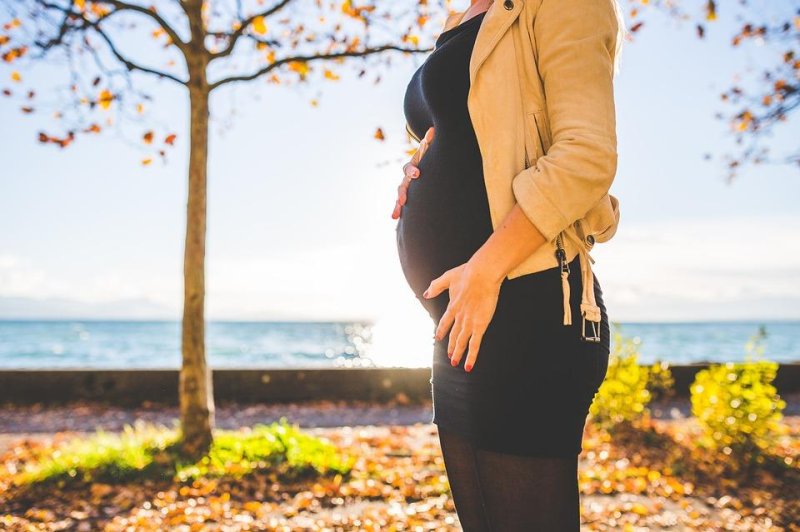A study from the National Institutes of Health finds two common tests for the risk of preterm birth are not as effective as previously thought. Photo by
Pexels/PixaBay
March 14 (UPI) -- A study by the National Institutes of Health has found transvaginal cervical length and fetal fibronectin tests are not accurate in predicting preterm birth among first-time pregnancies.
The commonly used tests assessed the shortened length of the cervix and the presence of fetal fibronectin, a glue-like protein that holds the amniotic sac to the uterus, in early pregnancy as risk factors for preterm birth, or birth before 37 weeks gestation.
The new study by NIH researchers suggests those markers are not indicative of an increased risk of preterm birth.
Researchers screened 9,410 pregnant women as part of the Nulliparous Pregnancy Outcomes Study: Monitoring Mothers-to-Be. Participants had ultrasound testing to measure cervical length at 16 to 22 weeks of pregnancy and again from 22 to 31 weeks. Fetal fibronectin tests were also performed at 6 and 14 weeks, 16 to 22 weeks and 22 to 30 weeks gestation.
About 8 percent of the women tested at 16 to 22 weeks had a shortened cervix and went on to deliver spontaneously before 37 weeks. Nearly 23.3 percent of women who were tested at 22 to 30 weeks had a shortened cervix and delivered prematurely.
The fibronectin test showed just 7.3 percent of women who delivered prematurely had high fibronectin levels at 16 to 22 weeks, while 8.1 percent of women delivered prematurely had high fibronectin levels at 22 to 30 weeks.
Researchers concluded that results of the tests, whether combined or alone, were not enough to support routine screening of preterm birth risk in first-time pregnancies.
"These methods of assessing women in their first pregnancy do not identify most of those who will later go on to have a spontaneous preterm delivery," Dr. Uma Reddy, a researcher at the Pregnancy and Perinatology Branch of NIH's Eunice Kennedy Shriver National Institute of Child Health and Human Development, said in a press release. "There is a need to develop better screening tests that can be performed early in pregnancy."
The study was published in JAMA.















